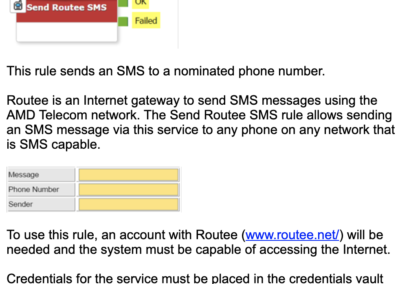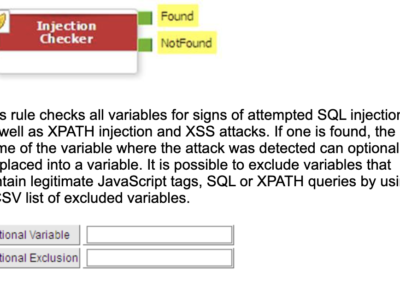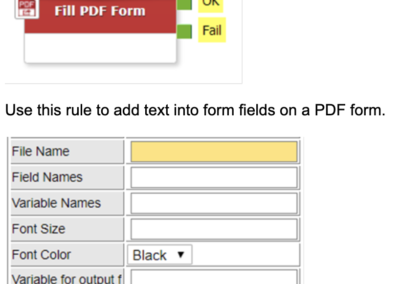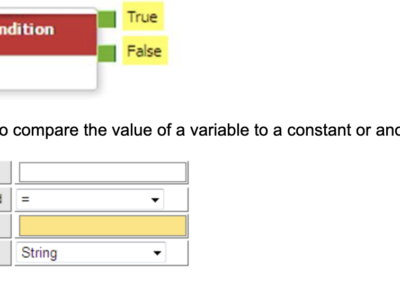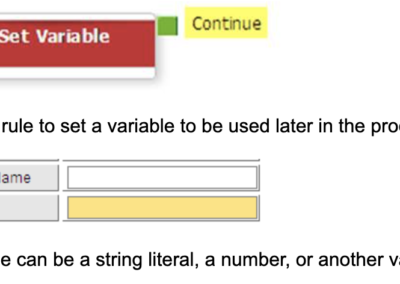X Software Factory Key Concepts for Developers
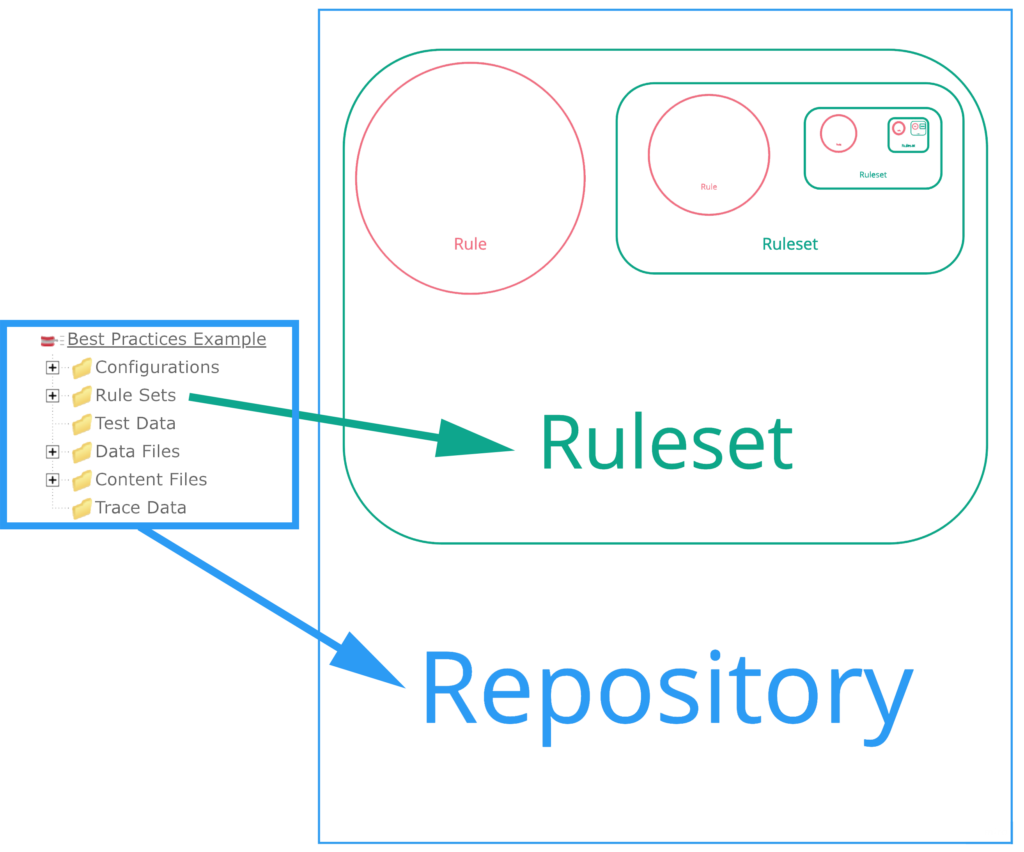
Definitions
A Repository is a container that stores all the parts of a solution in X Software Factory, that is deployed to a runtime engine, to run and deliver value. A Repository must have at least one Ruleset and at least one Rule to be deployable. It can also contain content, such as html, images and other files like templates.
A Ruleset is a previously created flow of logic (or one that is currently being created), represented as a visual object in the Factory, that can be easily managed, re-used in a new Ruleset and can be easily shared. A Ruleset must have at least one Rule. A Ruleset is created on a blank canvas by choosing and dragging Rules from the Repository’s Factory Rules Catalogue and/or other Rulesets from the catalogue and chaining them together to create a flow of logic that can form a solution composition or part of a solution composition. A new Ruleset is instantly available in that Repository’s catalogue for use in another Ruleset upon saving. Examples of Rulesets are the handling and processing of a username and password submitted by a user for the purposes of logging into a website, the retrieval of rows of data from a database to put into variables for comparison, or finding and returning the empty slots in a third party calendar.
A Rule is the building block of all Rulesets and the lowest level visual object in X Software Factory. A Rule can be chosen from the Repository’s Factory Rules Catalogue (alongside Rulesets) and placed onto a Ruleset’s canvas to form part of a flow of logic. There are two types of Rules:
- regular programming rules that include calculation, string manipulation, loops, variable management, and
- functionality rules, which are previously created solution compositions that improve the speed, quality and cost of composing solutions so much they have been published in the Factory Rules Catalogue, alongside the regular programming rules, so they can be used in new Rulesets just as easily and quickly as the regular programming rules. Examples of functionality Rules are sending an SMS using a third party provider, populating a PDF form using dynamic data or checking all variables for signs of attempted SQL, XPATH injection attacks and XSS attacks.

